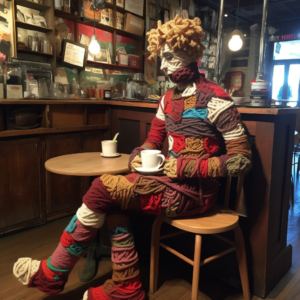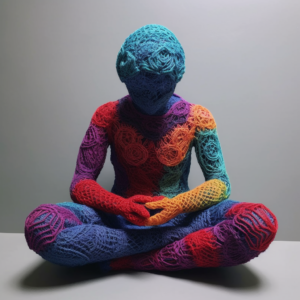
Have you ever thought, “Am I on the autism spectrum?” Many people may not realize that they are on the autism spectrum until later in life. Some may have grown up thinking that their social difficulties or sensory sensitivities were just part of their personality. Others may have been misdiagnosed with other conditions such as ADHD or depression. If you suspect that you may be on the autism spectrum, it’s important to explore this possibility and seek professional help.
Here are some tips and resources that can help you on your journey of self-discovery:
- Learn about the diagnostic criteria for autism spectrum disorder (ASD). The Diagn and Statistical Manual of Mental Disorders (DSM-5) and the International Classification of Diseases (ICD-11) both have criteria that describe the symptoms of autism. It’s important to understand that everyone on the autism spectrum is unique and may have different symptoms.
- Take an autism screening test. Online screening tests are not a substitute for a formal diagnosis, but they can help you to identify the symptoms that you may be experiencing. Some reputable online screening tests include the autism-spectrum quotient (AQ) and the developmental, dimensional and diagnostic interview (3Di).
- Seek professional help. A formal diagnosis of autism spectrum disorder (ASD) can only be made by a qualified professional such as a psychologist, psychiatrist or pediatrician. They will be able to evaluate you based on the diagnostic criteria, as well as your history and other information.
- Join online support groups. Joining online support groups for people on the autism spectrum can provide a sense of community and understanding. You can share your experiences and learn from others who have been through similar experiences.
- Read books and articles about autism. There is a wealth of information available about autism and the autism spectrum, from personal accounts to scientific research. Some books and articles that can be helpful include:
- “The Reason I Jump: One Boy’s Voice from the Silence of Autism” by Naoki Higashida
- “Thinking in Pictures” by Temple Grandin
- “Autism Spectrum Disorder: The Complete Guide to Understanding Autism” by Chantal Sicile-Kira
- Learn about available services. There are many services and support programs available for individuals on the autism spectrum, such as occupational therapy, speech therapy, and social skills training. Research and find the services that are available in your area, to help you on your journey.
Exploring the possibility of being on the autism spectrum can be a challenging and emotional process, but it is also an opportunity to understand yourself better and to gain access to the support and services that can help you to live your best life. Remember to take your time and seek professional help. And most importantly, don’t be afraid to reach out and talk to others, you are not alone on this journey.
Similar Articles

Understanding Autism: Crucial Information for Friends and Family
Autism, or Autism Spectrum Disorder (ASD), is a complex, multifaceted condition that affects individuals in a variety of ways. For friends and family members of

30 Common Questions About Autism Answered: An FAQ Guide
Are you looking for answers to common questions about autism? You’re not alone. Navigating the world of Autism Spectrum Disorder can be overwhelming, and it’s

ASD Diagnosis in Adulthood: Understanding the Unexpected Realities
Autism Spectrum Disorder (ASD) is a neurodevelopmental condition that affects social interaction, communication, and behavior. Although autism is typically diagnosed in childhood, many individuals with








